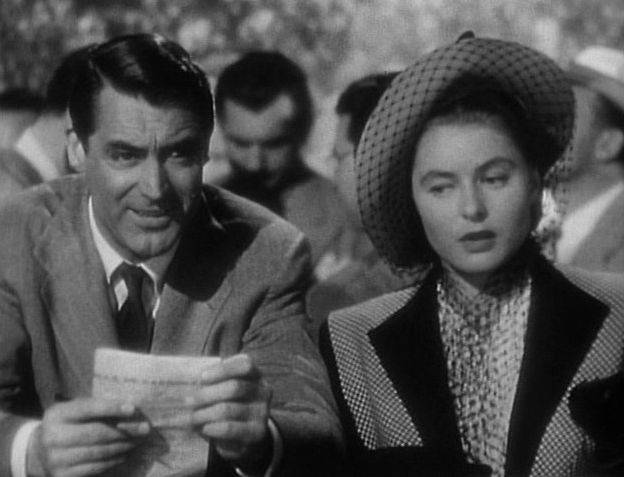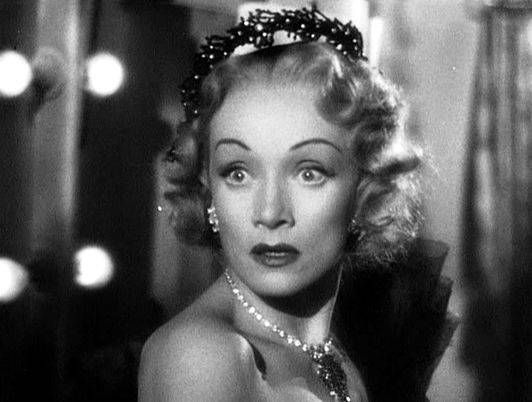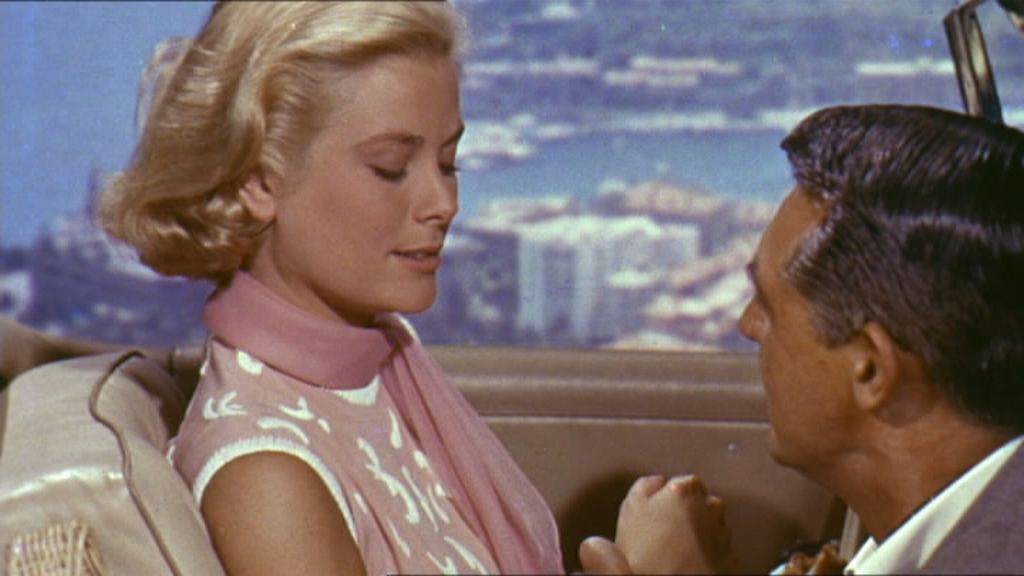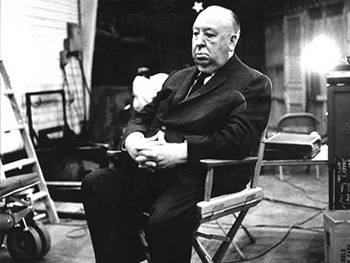
13 août 1899, naissance Alfred Hitchcock.
Plus grand cinéaste selon un classement dressé en 2007 par la critique au Royaume-Uni, The Daily Telegraph écrit : « Hitchcock a fait davantage qu'aucun autre réalisateur pour façonner le cinéma moderne, lequel sans lui serait tout à fait différent. Il possédait un flair pour la narration, en dissimulant avec cruauté (à ses personnages et au spectateur) des informations cruciales et en provoquant comme nul autre les émotions du public »
Au cours de ses quelque soixante années de carrière, il réalise cinquante-trois longs métrages, dont certains comptent, tant par leur succès public que par leur réception et leur postérité critiques, parmi les plus importants du septième art. Ce sont, entre autres, Les 39 Marches, Soupçons, Les Enchaînés, Fenêtre sur cour, Sueurs froides, La Mort aux trousses, Psychose, ou encore Les Oiseaux.
August 13, 1899, Alfred Hitchcock is born.
According to a 2007 UK critics' ranking of the greatest filmmaker, The Daily Telegraph writes: “Hitchcock has done more than any other director to shape modern cinema, which without him would be quite different. He possessed a flair for storytelling, cruelly concealing (from his characters and the viewer) crucial information and provoking the emotions of the audience like no other.
During his sixty-year career, he directed fifty-three feature films, some of which count, both in terms of their public success and their critical reception and posterity, among the most important of the seventh art. These are, among others, Les 39 Marches, Suspicions, Les Enchaînés, Window on the courtyard, Cold sweats, Death on the heels, Psychosis, or even The Birds.











